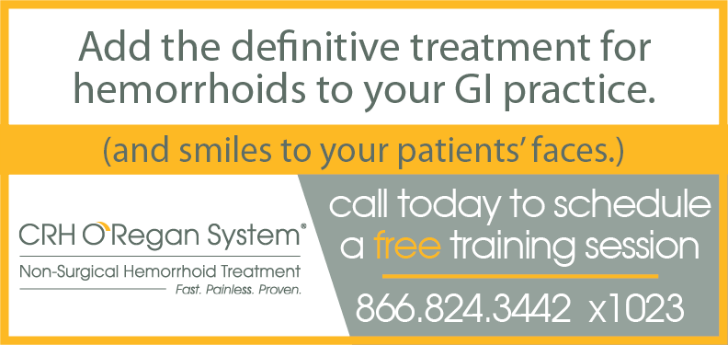Unusual Causes of Abdominal Pain, #1
Abdominal Wall Pain
by George W. Meyer
Magnesium is essential to many metabolic processes, yet hypomagnesemia is common in hospitalized patients, especially in the critically ill. With high morbidity and mortality rates reported in hypomagnesemic patients, prompt diagnosis and treatment is of utmost importance. This article will review magnesium basics including assessment tests, etiologies of hypomagnesemia and provide guidance on effective ways of treating magnesium deficiency.
CASE
A 40 year old woman presents with a several year history of burning abdominal pain located at the right edge of the rectus sheath at the level of the umbilicus. It may radiate irregularly to different areas near the point of most severe pain. The pain is often worse during the week and improved over the weekend. The pain is 5-7/10, often brought on 2-3 hours after starting work on Monday when sitting at the computer, relieved by standing up and walking around. It rarely bothers her during the weekend. On physical examination the Vital Signs are normal and the only abnormal physical finding is point tenderness at the right edge of the rectus sheath at the level of the umbilicus. Carnett’s sign is positive. What is the diagnosis and how should it be treated?
Answer and Discussion
One of the most common, yet frequently not considered, causes of chronic or recurrent abdominal pain is abdominal wall pain.
The A-delta nociceptor (pain receptor) is the nociceptor associated with pain on the skin or muscle associated with a cut, trauma, etc. When the A-delta nociceptor is involved the patient can point to the pain with one finger. The C nociceptor innervates such places as the periosteum and peritoneum. The pain associated with the C nociceptor comes on slowly, is dull and nauseating, and cannot be localized with one finger.
The nerve roots from the T-8 to T-12 nerves sweep posteroanteriorly to the abdominal wall where they turn anteriorly at the lateral edges of the rectus sheath to reach the surface of the abdominal wall. T-8 is usually at the level of the xiphoid; T-10 at the umbilicus; and T-12 at the symphysis pubis. These nerves are associated with an artery and nerve and there is a fatty deposit at the rectus sheath when they make their anterior turn. It is thought that this fatty plug, which acts as a shock absorber, may get inflamed and cause pain. This disorder has been called Abdominal Cutaneous Nerve Entrapment Syndrome or ACNES.
Other sources of abdominal wall pain include the corners of long abdominal incisions and insertion points for laparoscopic instruments.
The patients with abdominal wall pain can point with one finger to the point of maximum discomfort. Often there is a subtle indentation in the abdominal wall. When the examiner’s finger is on this point and the patient tries to straight leg raise (both legs at the same time) s/he has an increase in the pain (Carnett’s sign). If Carnett’s sign is negative, then the diagnosis of abdominal wall pain should be reassessed.
Once the diagnosis has been confirmed, if it is correct, all that is needed is a trigger point injection with 1% Xylocaine and Triamcinolone. A 5 mL syringe with a 22 or 23 gauge needle, 1.5- 2 inches long (~5 cm) is all that is needed. After drawing 1 mL of 1 % Xylocaine, we add 40 mg (1 mL) Triamcinolone to the syringe. After proper skin cleaning has been performed, the needle is inserted into the place where the pain is most severe. Most of the 2 mL is injected into the point of most pain. The physician may also inject smaller amounts in the surrounding tissue but this may not be necessary. If the diagnosis is correct and the injection was in the proper location, the pain is usually completely resolved within minutes. This often gives permanent relief but some patients require several injections, usually spaced at increasing intervals before total resolution is achieved. Rarely, permanent nerve destruction with absolute alcohol or 5-6 % phenol may be required. Referral to pain medicine experts may be indicated for long term relief.
To review, a good history and a proper physical examination will lead to a diagnosis of abdominal wall pain. Trigger point injection with Xylocaine and Triamcinolone should give relief. Try it; your patients will like it.
See the article Tables, Images and References in the PDF



